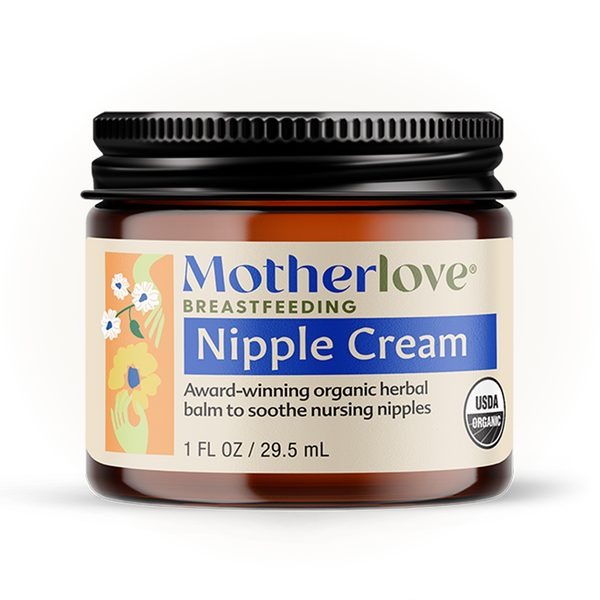Written By: Wendy, IBCLC.
You’ve just fed your little one, and then twenty minutes later, they’re hungry again. So you feed them, thinking this feed will finally satisfy them. But no! They are hungry one more time, just a half hour later. What on earth is going on? Do you have enough milk? How could they possibly be hungry again?
Enter cluster feeding, a common behavior of little ones, where they cluster their feeds together in small periods of time. It’s pretty typical during the newborn months, and while it’s definitely bewildering and exhausting, there is likely nothing wrong with your baby … and the constant feeding will be a thing of the past before you know it.
WHAT IS CLUSTER FEEDING?
Cluster feeding refers to periods of times where babies feed much more often than usual. It’s most common in breastfed babies, but bottle fed babies do it too. Newborns usually feed 8-12 times in a 24 hour period, and most of the times these feeds are spaced every 2-3 hours. With cluster feeding, your baby will suddenly want to eat every hour, or even every 20-30 minutes.
These clustered feeds usually coincide with the evening hours, or the “witching hours.” During this time, your baby is often more fussy, sleepy, cranky, and needful. But cluster feeding can happen during any time of day. The main idea is that the feeds are closer together than usual.
WHY DOES IT HAPPEN?
Probably the most important thing to keep in mind about cluster feeding is that it rarely has to do with you not having enough milk for your baby. If your baby is growing well, meeting milestones, and producing a normal number of poopy diapers (usually about 3-5 poopy diapers a day for the first 6 weeks), it’s not likely that you have a milk supply issue.
Most of the time, cluster feeding happens when babies are going through growth spurts. Simply put, when they are growing, they need to eat more often—and babies have a lot of growing to do when they are newborns. If you are nursing, your baby might be nursing more frequently to stimulate your milk supply. After all, breastfeeding is supply and demand, so the more they nurse, the more milk you will produce.
Oftentimes, a baby is fussy at the breast for a few days, nursing more in an attempt to increase your milk supply. Within a few days, your body gets the message and produces more milk. Often, babies start to settle down then. Babies bulk up quickly during growth spurts: before you know it, your baby is outgrowing their newborn clothes! Grow spurts generally happen around 2 weeks, 6 weeks, 3 months, and 6 months.
Another reason babies cluster feed is emotional. Sucking is soothing, and like older kids and grown ups, babies get tired by the end of the day. They may also be overstimulated. So wanting to curl into a trusted parent and suckle more than usual in the evening hours is natural.
HOW TO NAVIGATE CLUSTER FEEDING
Just because cluster feeding is normal doesn’t mean it’s easy—not at all.
If your baby starts to show a pattern of cluster feeding, you can expect it to continue for a few days or even a week or two. In this case, it can be helpful to prepare. For example, if you know your baby will probably want to nurse more frequently starting at 6pm, get dinner ready before then (or order in, if you can!). Set out your favorite snacks and drinks in case you need nourishment. If you have older kids, consider the evening hours the perfect time for a little extra screen time.
Most importantly, don’t do this alone. If there is a support person home during your baby’s cluster feeding time, put them to work. If you are breastfeeding, your support person may not be able to feed your baby, but they can change your baby’s diaper, give you snacks, make you dinner, and straighten up the house.
If your baby is fussy, it’s also possible that they may not want to feed, but may need another type of soothing. So if you’ve fed them over and over and need a break, hand them off to your support person. They can try walking your baby, bouncing your baby, or taking them outside for a walk.
THE BOTTOM LINE
One of the hardest things about cluster feeding is that it can really surprise parents and make them think they are doing something wrong. The truth is, this is very common baby behavior, and you did nothing to cause it. Unless your baby is having trouble gaining weight or is having another medical issue, you can just chalk the whole phenomenon up to your baby “being a baby.”
Remind yourself that this too shall pass, cue up the Netflix and snacks, and get cozy on the couch until this phase ends. Of course, if you have any questions at all about your baby’s feeding patterns, or if you need extra support as you get through this challenging time, please reach out to a breastfeeding counselor, a lactation consultant, or your pediatrician.






